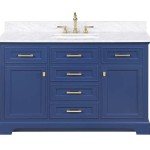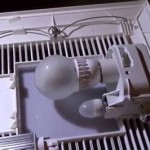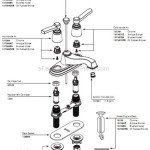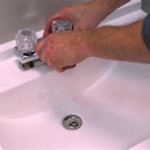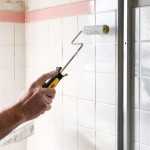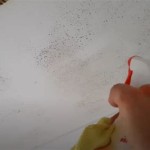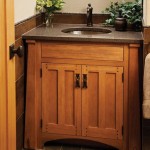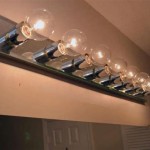What Is The Yellow Stuff On Bathroom Walls?
The unsightly yellow staining frequently found on bathroom walls can be a source of frustration for homeowners. This discoloration isn't merely an aesthetic issue; it can often indicate underlying problems requiring attention. Understanding the potential causes allows for effective remediation and prevention.
One common culprit is soap scum. Soap, when combined with hard water minerals like calcium and magnesium, forms a sticky residue that adheres to surfaces. Over time, this residue accumulates, dries, and oxidizes, resulting in a yellowish or brownish film. The heat and humidity of a bathroom environment exacerbate this process, accelerating the buildup and discoloration.
Mildew, a type of fungus, thrives in damp, warm locations, making bathrooms a prime breeding ground. Mildew initially appears as small black spots but can develop a yellowish tinge as it spreads and ages. Failing to address mildew promptly can lead to more extensive and difficult-to-remove stains, and potentially contribute to respiratory issues.
Hard water stains themselves can also manifest as yellowing on bathroom walls, particularly around fixtures. These stains are primarily caused by the mineral content in the water, which leaves behind deposits upon evaporation. The yellow hue can be attributed to iron or other minerals present in the water supply. This is especially prevalent in areas with high mineral content in the municipal water or well water systems.
Another potential cause is residue from cleaning products. Certain cleaning solutions, especially those containing bleach or ammonia, can react with the materials in bathroom walls, causing discoloration. This is particularly true for painted surfaces, where the chemicals can break down the paint and lead to yellowing. It is crucial to always test cleaning products in an inconspicuous area before widespread application.
Oxidized sealant or caulk around bathtubs, showers, and sinks can also contribute to yellowing. Over time, exposure to moisture, cleaning products, and temperature fluctuations can cause the sealant to break down and discolor. This degradation not only impacts the aesthetic appearance but also compromises the sealant's ability to prevent water infiltration, potentially leading to structural damage.
In some cases, nicotine stains can contribute to yellowing, particularly in households with smokers. Nicotine, a yellowish-brown substance, can adhere to walls and other surfaces, creating a persistent and unpleasant discoloration. This staining is often accompanied by a lingering odor.Less commonly, the yellowing could be a result of rust stains from corroding pipes or fixtures. Water containing dissolved iron can leave behind rust deposits as it evaporates, resulting in yellowish-brown stains on nearby surfaces. This issue often requires addressing the underlying plumbing problem to prevent recurring stains.
Identifying the specific cause of the yellow staining is crucial for effective removal. For soap scum and mildew, regular cleaning with appropriate bathroom cleaners is usually sufficient. Hard water stains may require specialized cleaning products designed to dissolve mineral deposits. Oxidized sealant or caulk often needs to be removed and replaced. Nicotine stains can be challenging to remove and may require the use of strong cleaning solutions or repainting. Rust stains necessitate addressing the source of the rust, such as repairing or replacing corroding pipes.
Preventive measures can significantly reduce the occurrence of yellowing on bathroom walls. Regular cleaning, ensuring adequate ventilation to reduce humidity, using water softeners to minimize hard water deposits, and promptly addressing leaks and plumbing issues can all contribute to maintaining clean and stain-free bathroom walls. Choosing cleaning products appropriate for the specific wall material can also prevent discoloration caused by chemical reactions.
Understanding the various sources of yellow staining enables homeowners to implement targeted cleaning and preventative strategies, keeping their bathrooms looking pristine and minimizing potential health risks associated with mildew and mold growth. Proper identification of the root cause is the first step towards effective and long-term solutions.

How To Fix Yellow Drips On Walls And Ceilings

Why Do My Bathroom Walls Sweat Yellow Homedcent

Why Do Bathroom Walls Sweat Yellow And How To Prevent It Loo Academy

Why Do My Bathroom Walls Sweat Yellow Homedcent

How To Clean Yellow Drips On Bathroom Walls Diy 5 Methods

Bathroom Mold How To Identify And Get Rid Of In Environix

Yellow Mold Identification Safe Removal Techniques 2024

Spots On Bathroom Ceiling Yellow Shower Ceilings

Why Did My Ceiling Turn Yellow

Why Are There Yellow Stains On My Bathroom Ceiling 3 Main Reasons Calahan Bath Kitchen And Sunrooms
Related Posts
